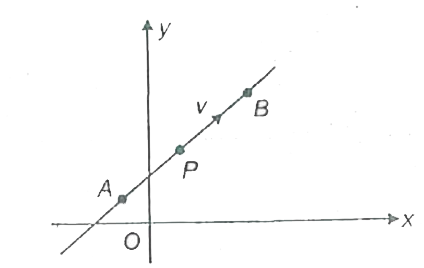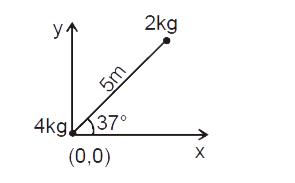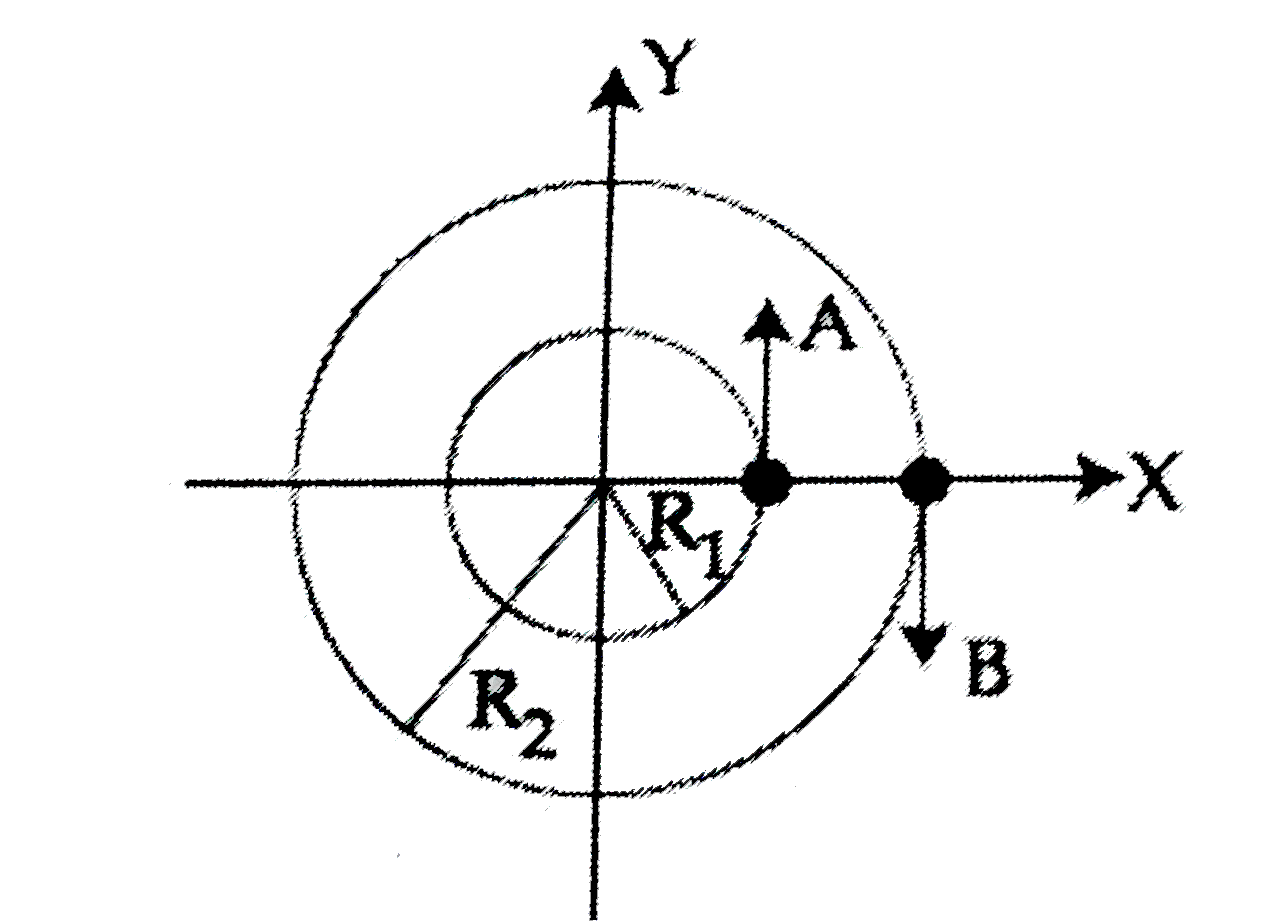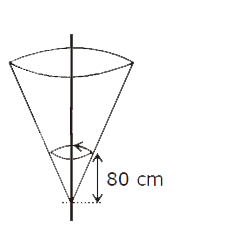Two particles A and B are revolving with constant angular velocity on two concentric circles of radius 1m and 2m respectively as shown in figure. The positions of the particles at t = 0 are shown in figure. The positions of the particles at t=0 are shown in figure. if and and are linear momentum of the particle then what is the maximum value of in kg-m/sec in subsequent motion of two particles.

Video Solution
Text Solution
Since angular velocities of the particles are different, after some time, two particle may move parallel. In such case is maximum
|
Updated on:21/07/2023
Topper's Solved these Questions
Similar Questions
Knowledge Check
- Question 1 - Select One
A particle P is moving along a straight line as shown in the figure. During the motion of the particle from A to B the angular momentum of the particle about O
 AIncreasesBDecreasesCRemains constantDFirst increases and then decreases
AIncreasesBDecreasesCRemains constantDFirst increases and then decreases - Question 2 - Select One
Two particle A and B are moving as shown in the figure

Their total angular momentum about the point O isA9.8kgm2s−1BzeroC52.7kgm2s−1D37.9kgm2s−1 - Question 3 - Select One
Two particles A and B are moving as shown in the figure. Their total angular momentum about the point O is
 A9.8kgm2/sBzeroC52.7kgm2/sD37.9kgm2/s
A9.8kgm2/sBzeroC52.7kgm2/sD37.9kgm2/s
Two particle of mass 4 kg & 2kg are located as shown in figure then find out the position of centre of mass.
 View Solution
View SolutionTwo particles A and B are moving , as shown in the figure .

Their total angular momentum about the point O isView SolutionThe position-time graph of a particle of mass 0.1 kg is shown. The impulse at t = 2s is :
 View Solution
View SolutionTwo particles A,B are moving on two concentric circles of radii R1) and R2 with equal angular speed ω. Att=0,their positions and direction fo motion are shown in the figure :
 View Solution
View SolutionTwo particles A,B are moving on two concentric circles of radii R1) and R2 with equal angular speed ω. Att=0,their positions and direction fo motion are shown in the figure :
 View Solution
View Solution


